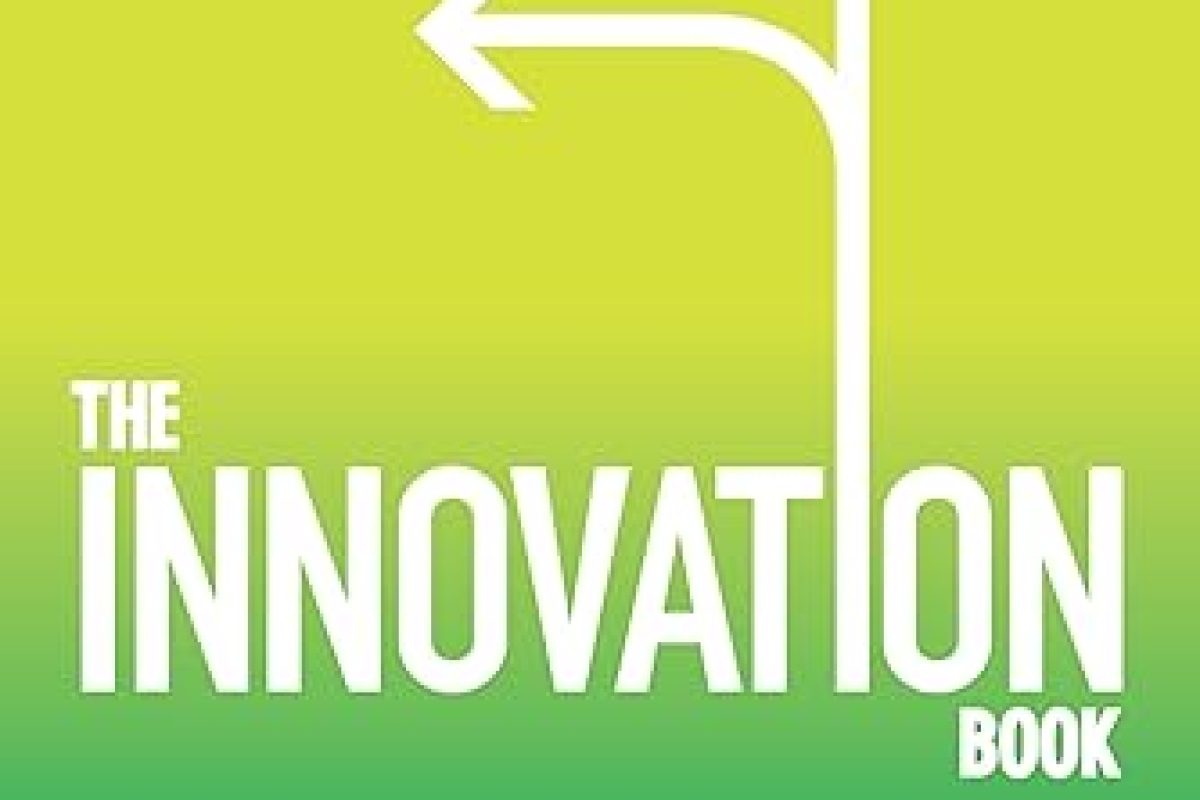Max McKeown’s “The Innovation Book” is an energetic, insightful guide tailored for anyone looking to spark or manage innovation within their organization. With a blend of theory and practical application, this book stands out as a dynamic resource for driving creativity and transforming it into tangible outcomes. McKeown, a well-regarded strategist and author of several books on innovation, strategy, and business adaptability, delivers another compelling read that combines accessible prose with actionable insights.
“The Innovation Book” is structured to cover the full lifecycle of innovation, from ideation to execution. McKeown emphasizes the importance of not just generating creative ideas but also effectively implementing them to achieve real-world success. This dual focus is one of the book’s core strengths, as it addresses a common pitfall in innovation literature which often romanticizes the idea generation phase without giving equal weight to the practical challenges of execution.
From the outset, McKeown defines innovation as the process of making changes by introducing something new that has a significant positive impact. This broad definition sets the stage for a comprehensive exploration of the subject, ensuring that the concepts discussed are applicable across a variety of industries and organizational sizes. He introduces six major themes that organize the content: feeding, ideating, tweaking, selecting, stealth storming, and scaling. These themes represent different aspects of the innovation process and are explored in dedicated chapters that delve deeply into each area.
The book’s practicality is further enhanced by its rich array of tools, techniques, and strategies for managing innovation. McKeown offers a wealth of models and frameworks that encourage readers to think about innovation systematically. These models are not only theoretical but are accompanied by case studies and examples that demonstrate how they can be applied in real business situations. For instance, McKeown discusses the “Innovation Pyramid,” which helps organizations align their innovation efforts with their strategic objectives.
McKeown’s writing style is engaging and motivational, often challenging readers to rethink their assumptions about what is possible within their organizational context. He encourages a culture of innovation that embraces risk-taking and learning from failure, which is vital for any business looking to stay competitive in fast-changing industries.
One of the most compelling aspects of “The Innovation Book” is its emphasis on adaptability. McKeown argues that the ability to adapt is crucial for innovation, and this theme permeates throughout the discussion. He stresses that innovative companies are those that do not just adapt to changes but actively drive change by continuously learning and evolving.
In terms of criticisms, some readers might find the wide range of models and frameworks presented to be overwhelming, particularly those who are new to the subject of innovation management. However, the depth and variety also make the book a valuable reference that readers can return to repeatedly as they progress through different stages of the innovation process.
In conclusion, “The Innovation Book” by Max McKeown is an excellent resource for anyone looking to enhance their understanding of innovation in a business context. It offers a balanced view of both the creative and operational sides of innovation, packed with intellectual depth and practical advice. Whether you are a manager, a business leader, or an entrepreneur, this book provides the tools and inspiration needed to achieve outstanding results through innovation.




